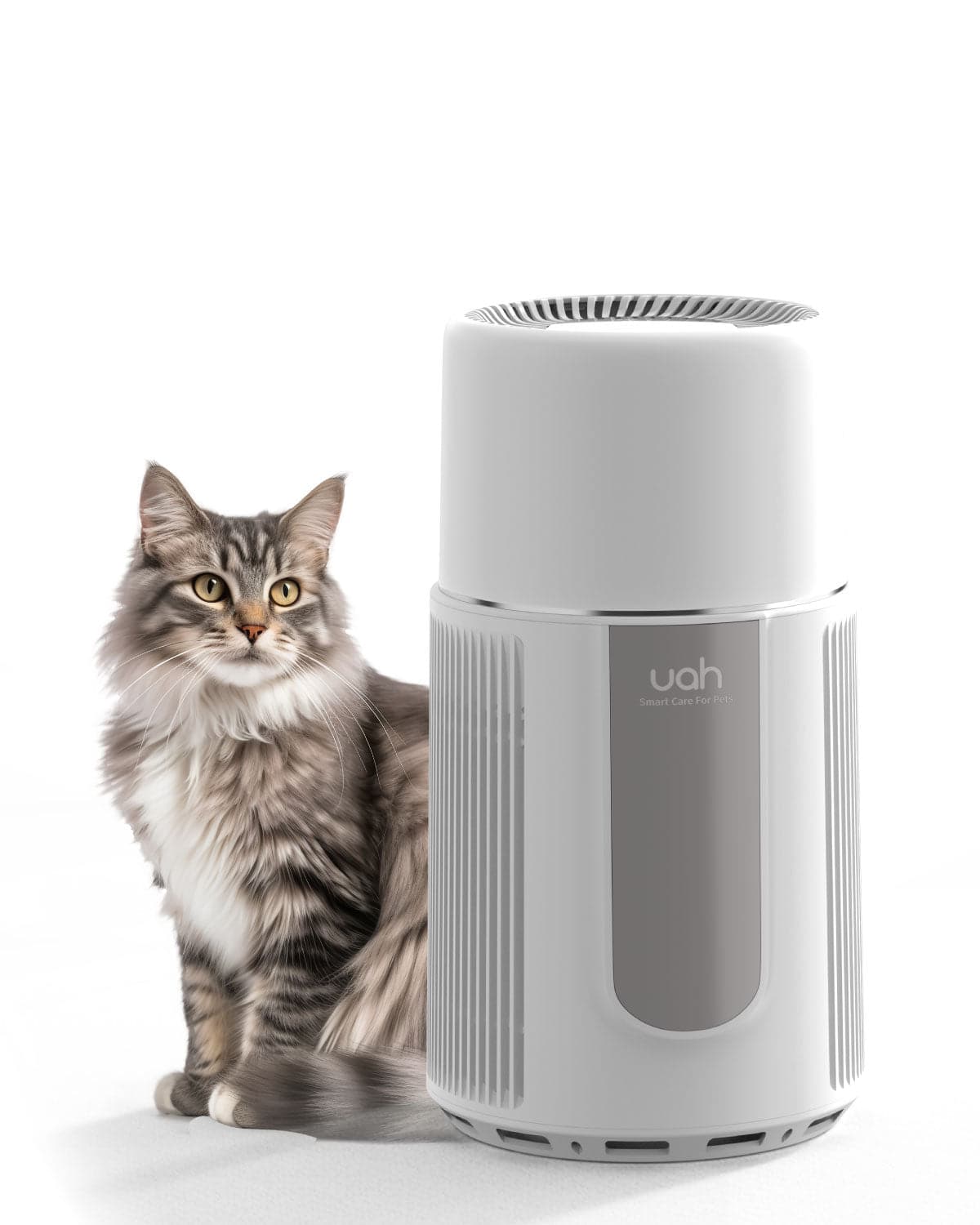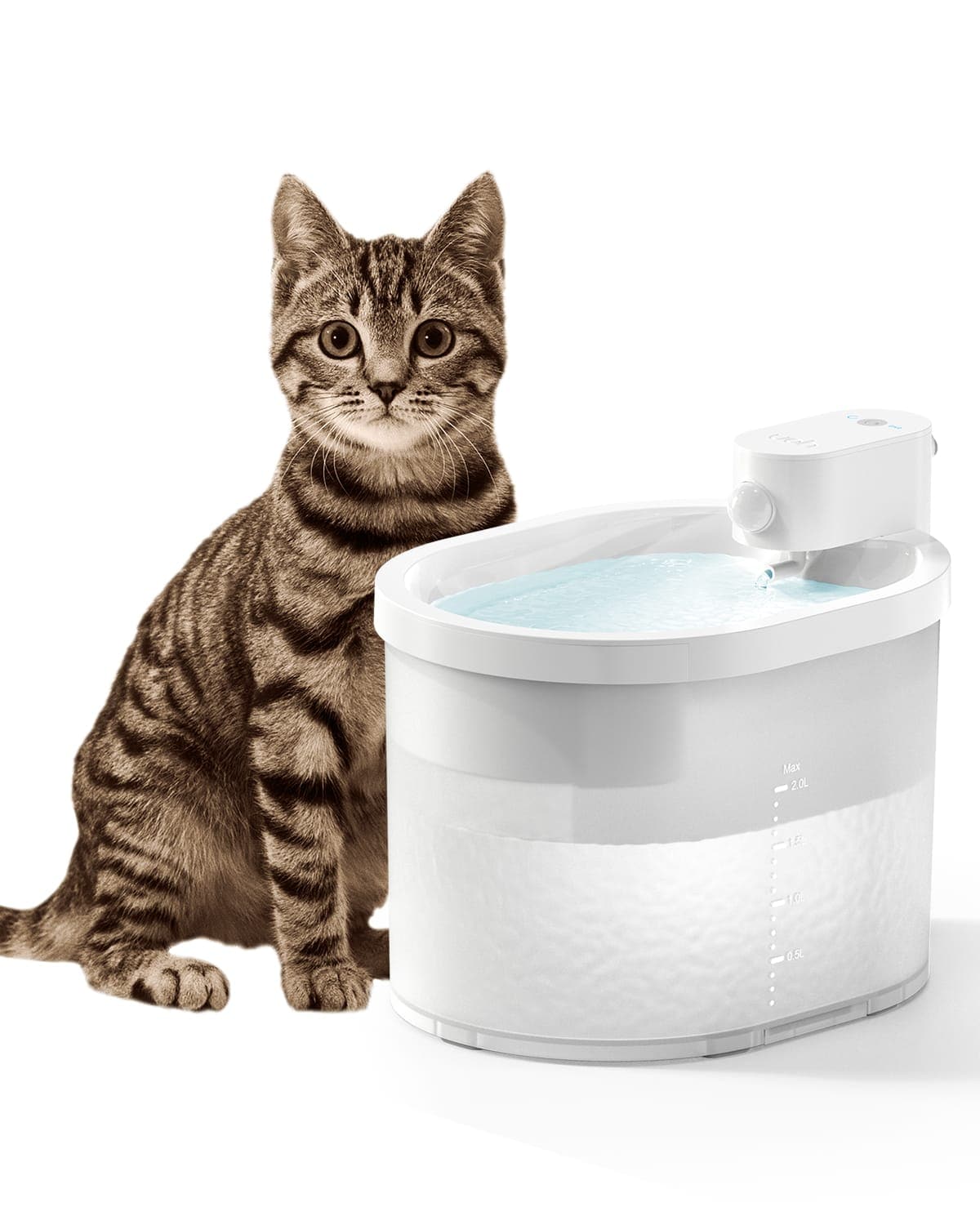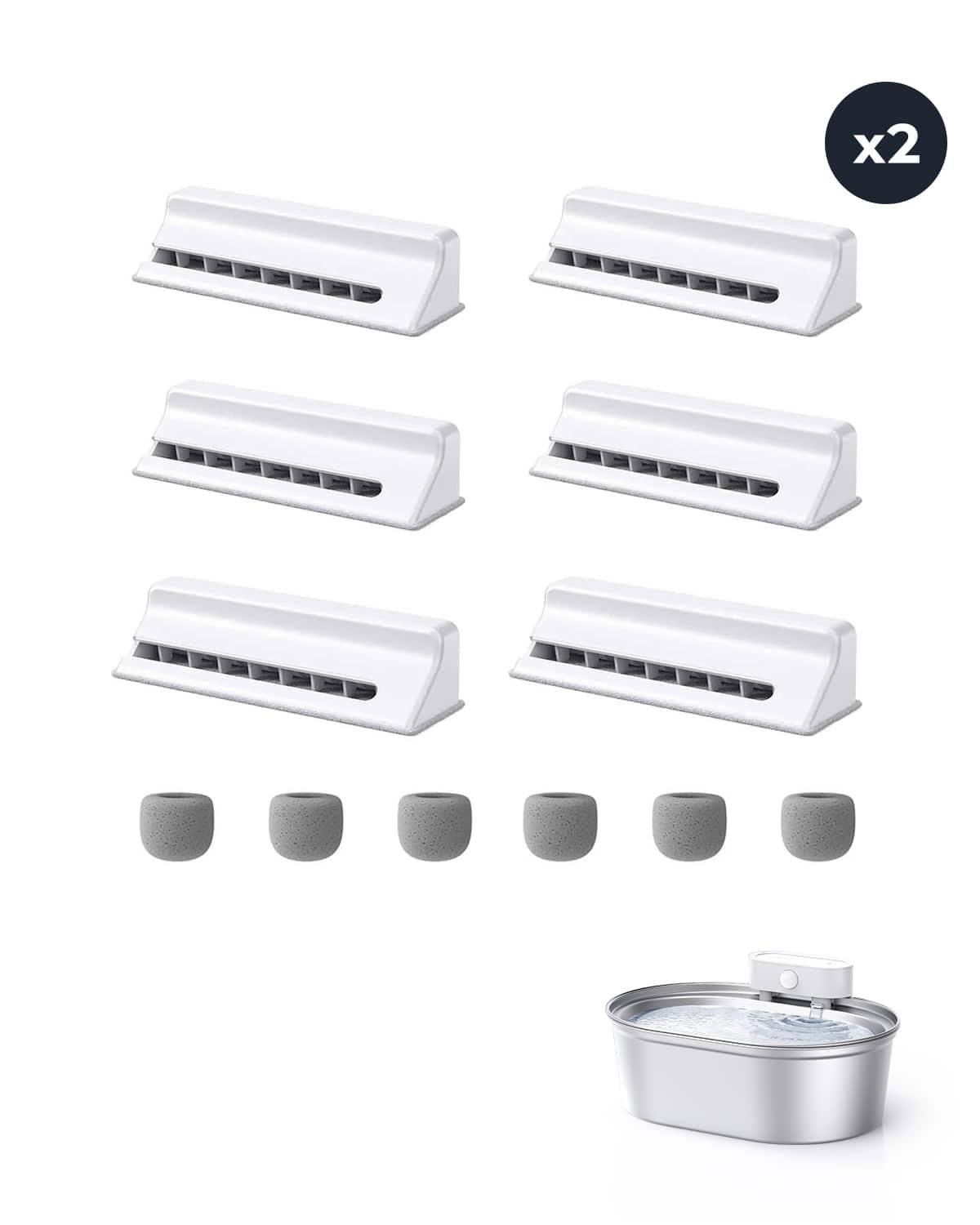Cat ear mites and wax are two common issues that cat owners may encounter.
Ear mites are tiny parasites that live in a cat's ear canal and feed on earwax and skin oils. They can cause irritation, itching, and inflammation in the ear.
On the other hand, earwax is a natural substance produced by the ear to protect it from dirt, dust, and other foreign particles.
While a small amount of earwax is normal, excessive wax buildup can lead to problems such as infections and blockages.
Understanding Cat Ear Mites
Ear mites are highly contagious and can be easily transmitted from one cat to another.
They are most common in outdoor cats and those that live in multi-cat households.
Symptoms of ear mites include scratching, head shaking, and discharge from the ear. If left untreated, ear mites can cause serious complications such as hearing loss and skin infections.
Examining Cat Ear Wax
Earwax is a natural substance that helps to protect the ear from foreign particles and infections.
However, excessive wax buildup can lead to problems such as infections and blockages.
Symptoms of excessive earwax include scratching, head shaking, and discharge from the ear.
It is important to clean your cat's ears regularly to prevent excessive wax buildup and to avoid using cotton swabs, which can push wax deeper into the ear canal.
Cat Ear Mites vs Wax: Understanding the Differences

Key Takeaways
Ear mites are tiny parasites that can cause irritation, itching, and inflammation in a cat's ear.
Excessive earwax can lead to problems such as infections and blockages.
Regular ear cleaning can help prevent both ear mites and excessive wax buildup.
Understanding Cat Ear Mites
Definition and Explanation
Cat ear mites, also known as Otodectes cynotis, are tiny parasites that live in the ear canal of cats.
They are highly contagious and can easily spread from one cat to another. These mites feed on the wax and oils in the ear canal, causing irritation and inflammation.
Symptoms of Ear Mites
The most common symptoms of ear mites in cats include excessive scratching of the ears, shaking of the head, and a brown or black discharge from the ears.
Cats may also experience redness, swelling, and inflammation in the ear canal. In severe cases, ear mites can cause hearing loss and balance problems.
Transmission
Ear mites are highly contagious and can easily spread from one cat to another through direct contact.
They can also be transmitted indirectly through shared bedding, grooming tools, and other objects.
Outdoor cats and those living in multi-cat households are at a higher risk of contracting ear mites.
Potential Complications
If left untreated, ear mites can lead to a number of complications, including secondary bacterial infections, hearing loss, and damage to the ear canal.
Cats with weakened immune systems are particularly susceptible to these complications.
It is important to seek veterinary treatment at the first sign of ear mite infestation to prevent these potential complications.
Examining Cat Ear Wax
Purpose and Production
Ear wax, also known as cerumen, is a natural substance produced by the body to protect the ear canal from foreign particles and bacteria.
It is produced by the ceruminous glands in the ear canal and is made up of a combination of secretions from these glands, dead skin cells, and hair.

Characteristics of Normal Ear Wax
Normal ear wax is usually a light yellow or brown color and has a waxy texture.
It is not usually a cause for concern and is a sign of a healthy ear. It helps to lubricate and protect the ear canal and can also trap and remove dirt and debris.
Excessive Ear Wax Buildup
Excessive ear wax buildup can cause discomfort, hearing loss, and other complications.
It can also be a sign of an underlying condition such as an ear infection or a blockage in the ear canal.
Symptoms of excessive ear wax buildup may include ear pain, itching, ringing in the ears, and difficulty hearing.
Causes of Excessive Production
There are several factors that can contribute to excessive ear wax production.
These include genetics, age, and certain medical conditions such as eczema and psoriasis.
Using cotton swabs or other objects to clean the ear canal can also push the wax further into the ear, causing a buildup.
Comparing Cat Ear Mites and Wax
Key Differences
Cat ear mites are tiny parasites that live in the ear canal of cats. They feed on earwax and skin cells, causing irritation and inflammation.
On the other hand, earwax is a natural substance produced by the ear canal to protect and lubricate the ear.
Symptoms and Characteristics
Cat ear mites can cause a range of symptoms, including scratching, head shaking, and ear discharge. They can also lead to secondary infections and hearing loss if left untreated.
Earwax, on the other hand, is a normal and healthy substance that helps keep the ear clean and healthy.
Differentiation Techniques
Differentiating between ear mites and earwax can be challenging, as they can have similar symptoms.
However, a veterinarian can perform a physical examination and take a sample of the ear discharge to diagnose the presence of ear mites.
In contrast, earwax can be easily identified through a visual inspection of the ear canal.
Case Studies
In a recent study, it was found that cats with ear mites had significantly higher levels of ear discharge and inflammation compared to cats with normal ears or those with excessive earwax.
Treatment for ear mites typically involves the use of topical medications, while earwax can be safely removed through regular cleaning.
Treating and Preventing Cat Ear Mites and Wax Issues

Diagnosis and Treatment of Ear Mites
Ear mites are tiny parasites that can cause severe discomfort to cats.
Symptoms of ear mites include excessive scratching, shaking of the head, and dark discharge from the ears.
A veterinarian can diagnose ear mites by examining a sample of the discharge under a microscope.
Treatment for ear mites typically involves the use of prescription ear drops or an oral medication.
It is important to follow the veterinarian's instructions carefully to ensure the mites are completely eradicated.
Preventing Ear Wax Buildup
Ear wax buildup is a common issue for cats, and it can lead to discomfort, hearing loss, and even infections.
To prevent ear wax buildup, it is important to regularly clean your cat's ears.
This can be done using a gentle ear cleaning solution and cotton balls or pads.
It is important to avoid using cotton swabs, as these can push wax deeper into the ear canal and cause damage.
Additionally, feeding your cat a high-quality diet and providing plenty of fresh water can help keep their ears healthy.
Ear Cleaning Techniques
To clean your cat's ears, start by holding them gently and using a cotton ball or pad soaked in ear cleaning solution to wipe away any visible wax or debris.
Be careful not to insert the cotton ball too deeply into the ear canal, and avoid using excessive force.
If your cat is resistant to having their ears cleaned, try using treats or positive reinforcement to make the experience more pleasant for them.
Importance of Veterinary Check-Ups
Regular veterinary check-ups are essential for maintaining your cat's overall health, including their ear health.
During a check-up, your veterinarian can examine your cat's ears for any signs of infection or other issues, and provide recommendations for preventing and treating ear mites and wax buildup.
Additionally, your veterinarian can recommend a safe and effective ear cleaning routine for your cat based on their individual needs.
Conclusion
In conclusion, both cat ear mites and wax can cause discomfort and irritation in cats.
While ear wax is a natural substance produced by the body to protect the ear canal, excessive buildup can lead to infection and inflammation.
Ear mites, on the other hand, are small parasites that can cause severe itching and inflammation in the ear canal.
It is important for cat owners to be aware of the signs and symptoms of ear mites and wax buildup in their cats.
Regular ear cleaning and veterinary check-ups can help prevent and treat these issues.
If a cat is suspected of having ear mites, it is important to seek veterinary treatment as soon as possible.
Ear mites can quickly spread to other pets in the household and can cause serious health issues if left untreated.
Overall, maintaining good ear hygiene and seeking veterinary care when necessary is crucial for the health and well-being of cats.

Frequently Asked Questions
How can I distinguish between ear mites and ear wax in my cat's ears?
Ear mites and ear wax can look similar at first glance, but there are some key differences.
Ear mites are tiny parasites that can be seen moving around in the ear canal, while ear wax is a buildup of natural oils and debris that is usually yellow or brown in color.
If you suspect your cat has ear mites, it's best to take them to a veterinarian for a proper diagnosis.
What are the treatment options for ear mites and excessive ear wax in cats?
Treatment for ear mites typically involves topical medications that are applied directly to the ear canal. In some cases, oral medications may also be prescribed.
Excessive ear wax can be treated by cleaning the ears with a gentle, veterinarian-recommended solution.
It's important not to use cotton swabs or other objects to clean the ears, as this can cause damage to the ear canal.
What does normal cat ear wax look like compared to ear mite infestation?
Normal cat ear wax is usually yellow or brown in color and has a waxy texture.
Ear mite infestation can cause a buildup of dark, crumbly debris in the ear canal. You may also notice your cat scratching at their ears or shaking their head frequently if they have ear mites.
How can I check my cat's ears for ear mites at home?
While it's best to have a veterinarian examine your cat's ears for ear mites, you can look for signs of infestation at home.
Use a flashlight to look inside your cat's ears and check for dark, crumbly debris or movement.
If you suspect your cat has ear mites, it's important to seek veterinary care as soon as possible.
Are indoor cats at risk for ear mites, and how would they contract them?
Indoor cats can still be at risk for ear mites, as they can be brought into the home on clothing or other pets.
Cats that spend time outdoors or come into contact with other animals are at a higher risk of contracting ear mites.
It's important to keep your cat's ears clean and to seek veterinary care if you suspect an infestation.
Is it possible for a cat to have dirty ears even if they don't have ear mites?
Yes, it's possible for a cat to have dirty ears even if they don't have ear mites.
Excessive ear wax or other debris can cause the ears to appear dirty or discolored.
Regular ear cleaning can help prevent buildup and keep your cat's ears healthy.

















